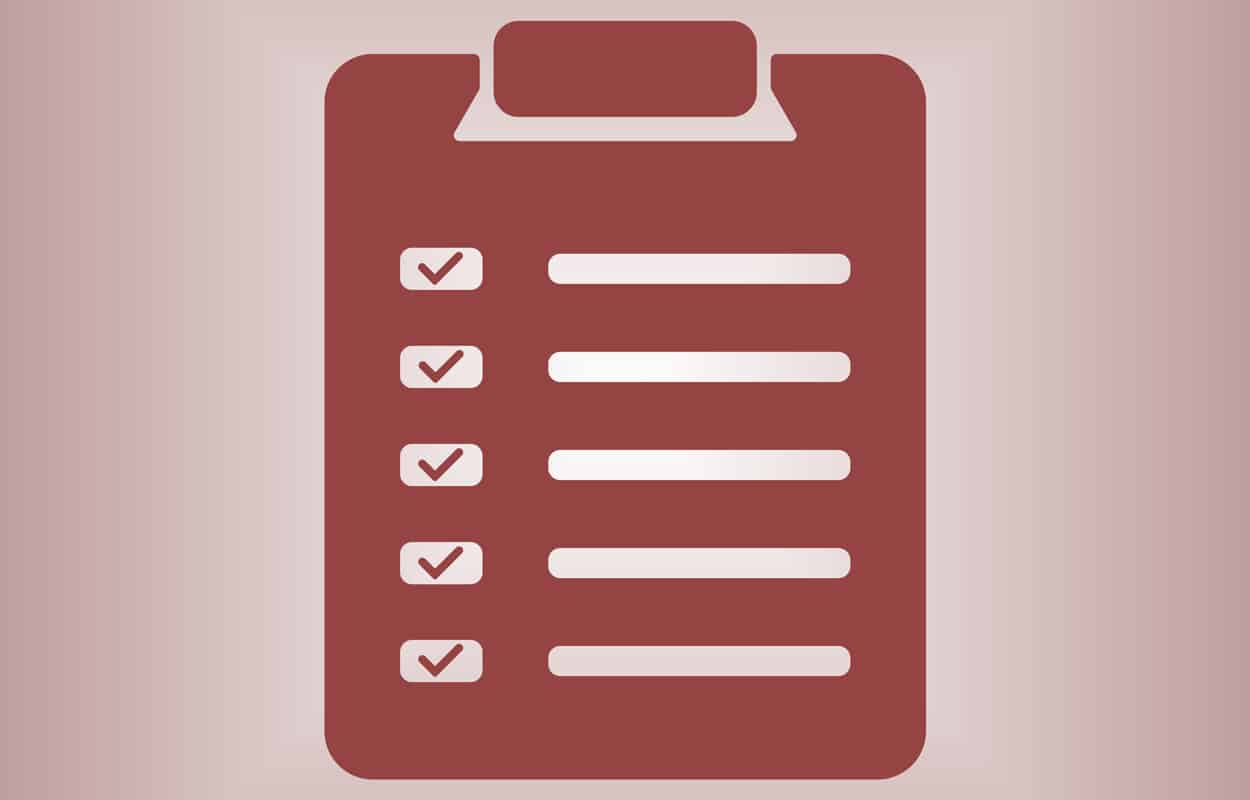The Importance Of Colours In Web Design Mix Shades And...

My SEO Checklist
Factors that Go into Search Engine Optimization
There are so many factors that go into search engine optimization, both on-page and off-page, that it can be overwhelming. Even if you’re not new to internet marketing, you still might find it challenging to keep up with everything – especially considering that search engines are constantly changing how they rank pages.
To make things a bit easier on you, here is a guide to some of the most important on-page and site-wide optimization factors.
– Have the correct head section order.
– Make sure that your meta tags are done correctly: Title – Description – Keywords. The information you put in the head section is what searchers will see in the search engine results page.
– Include the most important information in Title Tag.
– The title tag should be approximately six to twelve words long, or 55-65 characters (including spaces). It should be concise and to the point. Include the most important keyword and information before the SERP cutoff.
– Format the heading tags correctly. Heading tags are important for organizing content. The first heading tag is <h1></h1), the first sub-heading tag is <h2></H2>, and so forth. While keyword tags aren’t really ranking factors anymore, they should still be used for the sake of convenience.
– Consider the content and word count.
– While you do want to provide visitors with a lot of useful information, you don’t want them to become bored, either. The idea is to create content that is informative, to the point, and intriguing. Avoid using unnecessary words and fluff. Make sure the keywords appear naturally. Keep the keyword percentage lower than 2%.
– Don’t forget keyword descriptions. Even if your webpage doesn’t have a high ranking in search results, your images might. Remember: search engines allow for people to do image searches for keywords. Add the ALT attribute with a keyword describing the image. This is also helpful for visually impaired visitors.
– Monitor your inbound links. How many sites are linking back to yours? Are they quality websites that are following all of the SEO rules? Or are they spammy type websites? The quality backlinks is far more important than the quantity.
– Have index pages with consistency.
– While updating your home page and/or landing page regularly is important, there should still be some consistency with the content. Try to maintain some of the most important chunks of the content to make the page more static.
– Check your server on a regular basis. Errors such as 301 redirects and 404 will hurt your site’s rankings. Check your server configurations at least once a week to make sure everything is running smoothly.
– Monitor your PPC ads and utilize web analytics tools. Your analytics tools should be properly set up. They play a huge role in an SEO strategy. Monitor them often to make sure the keywords you are using are really generating traffic. If not, then try other keywords and create better PPC ads.
This SEO checklist should be enough to get you started. However, keep in mind that search engines – especially Google – are changing their ranking factors all the time.
The Importance Of Colours In Web Design Mix Shades And...
How Can Content Marketing Be Integrated With Local SEO? Local...
Features That Impact Your Adwords Advertising Performance Google AdWords AdWords...
Going From Brick-and-Mortar to The Internet E-Commerce Internet E-Commerce Online...
Effectively Find Customers For Your Toronto Business With Local SEO...
Why We Should Build Links From The Same Website In...
What Are SEO Techniques For Honest Link Building? Which Methods...
Using Pinterest For SEO And Your Business In Toronto Creating...
How To Get Started With Your Toronto SEO Campaign? SEO...
Infographics: Common Myths About Presenting Data Visually Infographics Deeper understanding...
A Guide to the F Pattern Layout for Text-Heavy Websites...
Why Does Landing Page Design Matter? We are often asked...
How To Find The Right SEO Company For Your Business...
Creating An Effective SEO Strategy Growing Online Presence Time And...
What Is Canonicalization What is The Process of Canonicalization? Canonicalization...
What Trends In Web Design Are We Seeing In 2015?...
Essential Elements For Ecommerce Website What Is WordPress? I Need...
Responsive Website Design: One Site Fits All Investing in a...
How To Use Competitor’s Top Pages Data For SEO Determine...
How Does Google Retargeting Work? Google Retargeting Allows online businesses...
How Do I Measure The Success Of My PPC Campaign?...
What Is Google AdWords And Why Should I Use It?...
Bolding And/Or Italicizing Keywords How Do I Effectively Use Typography?...
Hottest Trends In Ecommerce Web Development Ecommerce Web Development Current...
Does Your Website Design Need To Be Mobile Friendly in...
How Can I Get More Traffic to My Website or...
Which Retargeting Company is the Best? “Best” Retargeting Company What...
Top 7 Google Ranking Factors in 2021 SEO is the most...
The Art of Republishing Old Content It is not possible...
Benefits Of Using Web Design Templates Types of Templates You...
Adwords Management: The Effectiveness Of Call Extensions Adwords Management Call...
Automotive Dealership SEO Campaign Web Design Strategy Statistics You Should...
6 Product Design Principles Every Organization Can Adapt Product Design...
What’s Needed To Design High-Conversion Forms Common Mistakes to Avoid...
Why To Consider A Live Chat Feature On E-Commerce Site?...
The Benefits Of Bing Advertising Bing Advertising Pay-Per-Click Market Online...
Understanding SEO Beyond The Keywords And Backlinks White Hat Seo...
Nova Solutions Headquarters
700 University Ave, Toronto, ON M5G 1X6
Tel: +1 800-790-3082
Office Hours: M-F 9am – 9pm
Copyright © 2021 Nova Solutions Corporation | All Rights Reserved.
Working with Third-Parties








A good website starts with stunning design. As the Lead Designer at Nova,
Andrew uses his vast experience with web development, graphic design &
brand building to create the majority of our web portfolio. He has worked
with many CMS & commerce products and has built innumerable websites.
Andrew excels at creating stunning (UXD) User Experience Design and
endeavors to put a little bit of soul in every web design project so that it may
have a life of its own.






Kevin is a strategic thinker that can quickly evaluate and find creative
solutions to challenging digital problems. Since 2001, he has been
developing solutions that not only maximize digital presences
but that also have the most impact on markets.
Kevin is a Senior Consultant at Nova Solutions who is passionate about SEO,
user experience and conversion optimization.
